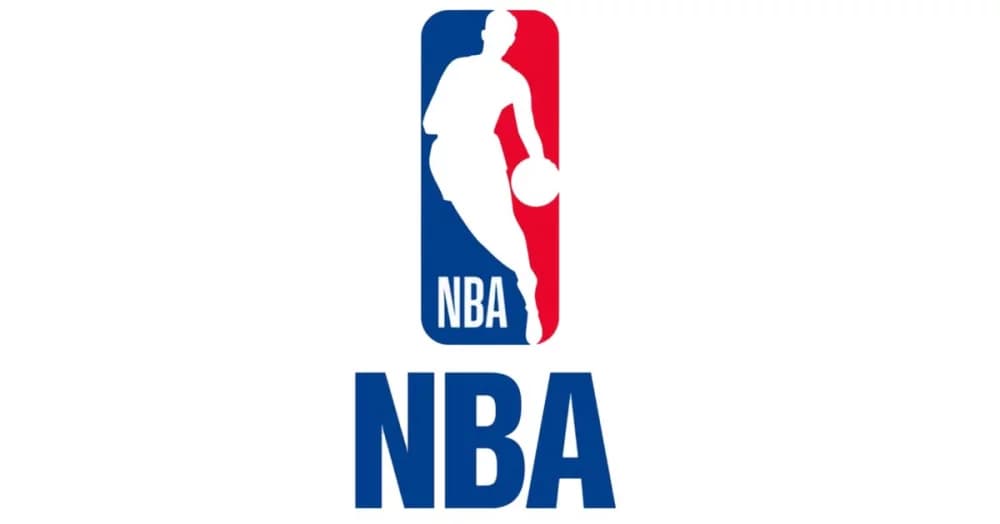The Hidden Cost of NBA Expansion: Who Really Benefits?
Behind the glamor of expansion lies a staggering financial reality. Back in 2021, reports suggested a price tag of $2.5 billion per new team, but that’s now considered low. Fast forward to 2024, and Forbes values the average NBA team at a whopping $3.85 billion. So, when expansion happens, owners of existing teams will get a massive one-time payday—talk about hitting the jackpot. This influx of cash, however, doesn’t go to the players. It’s a juicy windfall for the governors, not a slice of the basketball-related income (BRI) pie that’s shared with players.
Seattle and Las Vegas are the frontrunners in this expansion frenzy, with both cities considered “heavy favorites” to land teams. The league has long had its eyes on Las Vegas, with Silver even calling it “definitely on our list.” But let’s face it, these markets bring big risks. While Vegas is a hot spot for sports, with the NHL’s Golden Knights and the NFL’s Raiders already thriving, does the NBA really want to gamble on Sin City’s loyalty to yet another team?
When it comes to the nitty-gritty of player selections, history tells us it’s no cakewalk. The 2004 Charlotte Bobcats expansion draft is proof of that. Teams can protect up to eight players, leaving others on the chopping block for new teams to scoop up. But here’s the catch: expansion teams are left to pick from the bottom of the barrel, forced to build with limited salary caps. The NBA’s rules practically guarantee they’ll be lagging behind for years. The Bobcats, for instance, struggled through back-to-back losing seasons. Would a modern team face the same fate?
New expansion teams won’t just face roster challenges—they’ll be financially shackled. With a salary cap set at 66.67% in their first season, these teams are starting the race with a heavy load. By year two, the cap increases slightly, but it’s still a long road to success. Unlike the NHL’s Vegas Golden Knights, who stunned the league with a playoff run in their first year, don’t expect any NBA expansion team to pull off that miracle.
So, while expansion may be an exciting prospect, it’s also a high-stakes gamble with no guarantee of instant success. It could be years before these teams find their footing—and by then, the NBA landscape may look very different.
The allure of expansion brings undeniable excitement, but it’s hard to ignore the fact that these new teams will be set up to fail in their early years. The financial and competitive disadvantages are glaring. While this may be a profitable move for the NBA’s existing teams, it raises the question: will fans in these new markets stick around for the inevitable losing seasons? It’s a thrilling development, but one that could easily backfire if not handled with care.
The Hidden Cost of NBA Expansion: Who Really Benefits?
Behind the glamor of expansion lies a staggering financial reality. Back in 2021, reports suggested a price tag of $2.5 billion per new team, but that’s now considered low. Fast forward to 2024, and Forbes values the average NBA team at a whopping $3.85 billion. So, when expansion happens, owners of existing teams will get a massive one-time payday—talk about hitting the jackpot. This influx of cash, however, doesn’t go to the players. It’s a juicy windfall for the governors, not a slice of the basketball-related income (BRI) pie that’s shared with players.
Seattle and Las Vegas are the frontrunners in this expansion frenzy, with both cities considered “heavy favorites” to land teams. The league has long had its eyes on Las Vegas, with Silver even calling it “definitely on our list.” But let’s face it, these markets bring big risks. While Vegas is a hot spot for sports, with the NHL’s Golden Knights and the NFL’s Raiders already thriving, does the NBA really want to gamble on Sin City’s loyalty to yet another team?
When it comes to the nitty-gritty of player selections, history tells us it’s no cakewalk. The 2004 Charlotte Bobcats expansion draft is proof of that. Teams can protect up to eight players, leaving others on the chopping block for new teams to scoop up. But here’s the catch: expansion teams are left to pick from the bottom of the barrel, forced to build with limited salary caps. The NBA’s rules practically guarantee they’ll be lagging behind for years. The Bobcats, for instance, struggled through back-to-back losing seasons. Would a modern team face the same fate?
New expansion teams won’t just face roster challenges—they’ll be financially shackled. With a salary cap set at 66.67% in their first season, these teams are starting the race with a heavy load. By year two, the cap increases slightly, but it’s still a long road to success. Unlike the NHL’s Vegas Golden Knights, who stunned the league with a playoff run in their first year, don’t expect any NBA expansion team to pull off that miracle.
So, while expansion may be an exciting prospect, it’s also a high-stakes gamble with no guarantee of instant success. It could be years before these teams find their footing—and by then, the NBA landscape may look very different.
The allure of expansion brings undeniable excitement, but it’s hard to ignore the fact that these new teams will be set up to fail in their early years. The financial and competitive disadvantages are glaring. While this may be a profitable move for the NBA’s existing teams, it raises the question: will fans in these new markets stick around for the inevitable losing seasons? It’s a thrilling development, but one that could easily backfire if not handled with care.







